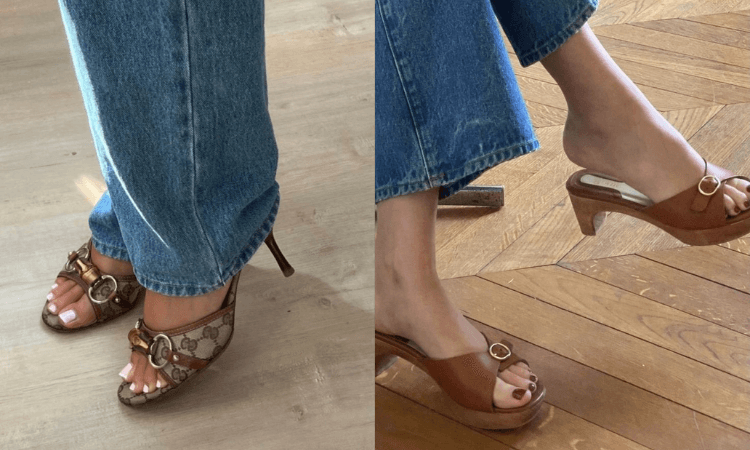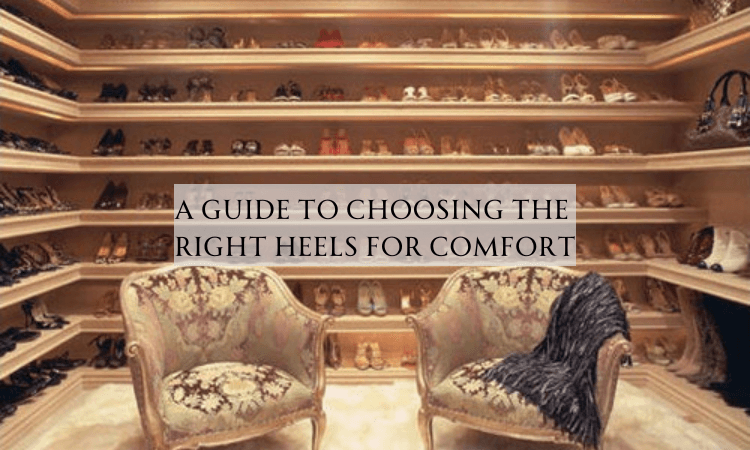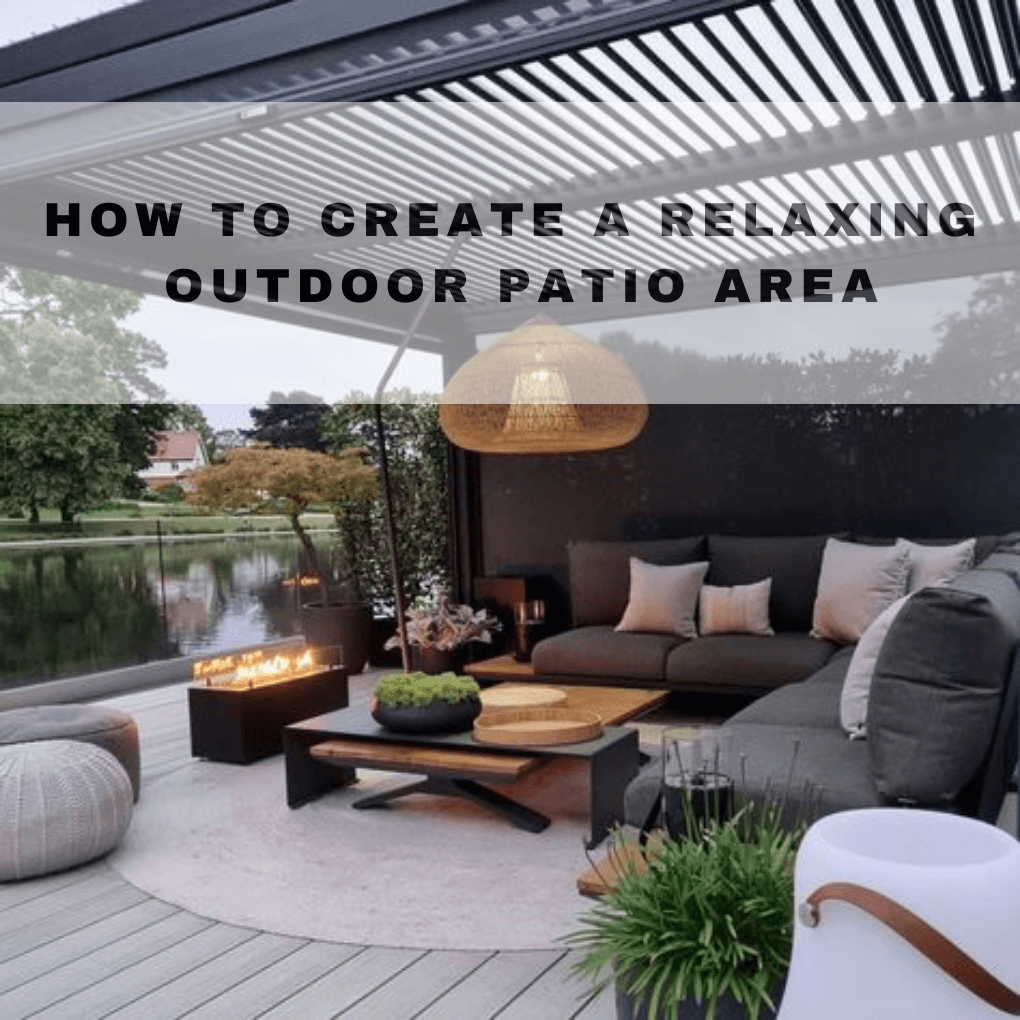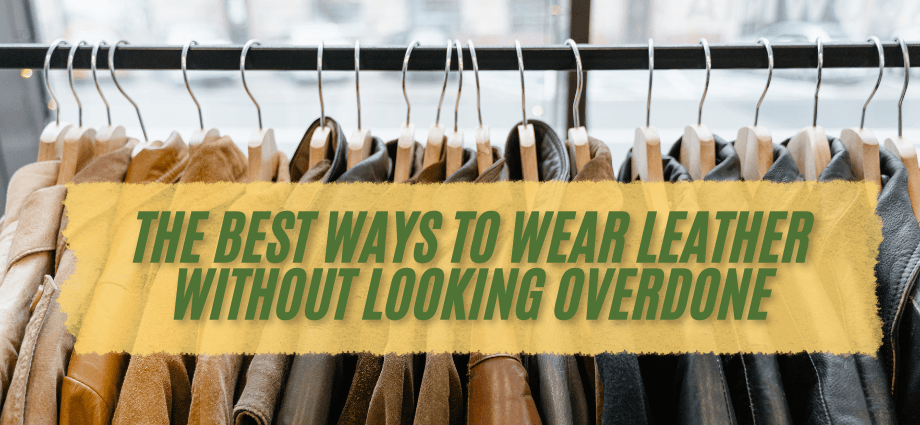Heels are a staple in many wardrobes, but finding the right pair that combines both style and comfort can be a challenge. Whether you wear heels for work, a night out, or special occasions, choosing a pair that doesn’t hurt your feet is essential. This guide will help you understand the importance of comfort in heels and how to choose the best ones for your feet.
Why Comfort Matters When Choosing Heels
Wearing the wrong pair of heels can lead to a range of problems for your feet. Choosing comfort doesn’t mean sacrificing style; instead, it ensures that your feet remain healthy and happy throughout the day.
The Impact of Uncomfortable Heels on Your Health
Wearing high heels that don’t fit properly or are too uncomfortable can cause issues like bunions, corns, and even lower back pain. Over time, these problems can worsen and affect your overall health.
Common Foot Problems Caused by Ill-Fitting Heels
- Blisters – Friction between your feet and the shoes can cause painful blisters.
- Calluses – Hard, thick skin may form on your feet from rubbing against tight shoes.
- Bunions – Ill-fitting heels can worsen this painful condition.
- Heel Pain – Prolonged pressure on the heels can lead to soreness.
How Comfort Enhances Confidence and Posture
When your feet aren’t in pain, you walk more confidently and stand taller. Comfortable shoes help with posture and prevent strain on your back, knees, and hips. Wearing the right pair of heels can make a big difference in how you feel throughout the day.
Key Factors to Consider When Selecting Comfortable Heels
Finding the right heels isn’t just about picking a pretty pair. There are several important factors that determine whether your heels will be comfortable.
Heel Height – Finding the Right Balance
One of the first things to consider is the height of the heel. Heels that are too high can put too much pressure on your feet, while very low heels may not give you the support you need.
- Low Heels (1-2 inches) – More comfortable for daily wear and less pressure on the feet.
- Medium Heels (2-3 inches) – A good balance of comfort and elegance for most occasions.
- High Heels (3+ inches) – Best for special events but may be uncomfortable for long hours of wear.
Arch Support and Its Importance
A heel with good arch support helps distribute your body weight evenly, reducing pressure on your feet. Look for shoes that provide adequate support for the natural curve of your foot to prevent pain and discomfort.
Material and Construction of the Heel
The material of the heel plays a significant role in comfort. Leather and suede are softer and more flexible than synthetic materials, which can feel stiff. Additionally, the construction of the heel, such as the quality of stitching and padding, also affects comfort.
Shoe Shape – Fitting Your Foot’s Natural Contours
Every foot is unique, and finding a shoe that fits the shape of your foot is key. Avoid heels with narrow toe boxes or overly stiff sides, as these can cause discomfort and even long-term foot problems.
Types of Heels That Prioritize Comfort

There are many types of heels that can be more comfortable than traditional stiletto heels. Understanding which type works best for you can make a significant difference in how your feet feel.
Low Heels vs. High Heels
Low heels are generally more comfortable because they don’t put as much pressure on your feet and knees. However, some people prefer high heels for their appearance. If you choose high heels, try to go for those with a thicker base or platform to reduce strain.
Wedge Heels
Wedge heels are a great option for those looking for comfort without sacrificing height. The design of the wedge spreads your weight more evenly across the foot, reducing the pressure on your arch and heel.
Benefits of Wedge Heels:
- Better weight distribution
- More stability than traditional heels
- Often easier to walk in for extended periods
Block Heels
Block heels, which are wider and more stable than thinner heels, are another excellent option. They help balance your weight and provide more support to your feet, making them more comfortable for all-day wear.
Platform Heels
Platform heels have a thicker sole under the toe area, which helps reduce the angle of the foot. This reduces strain on the toes and forefoot, making them more comfortable for long hours of use.
How to Test the Comfort of Heels Before Buying
Buying heels online or in-store can sometimes leave you uncertain about how comfortable they will be. Fortunately, there are ways to test comfort before making a purchase.
Walkability Test – Walking Around in the Store
One of the simplest ways to test heels is to walk around in them. If you feel discomfort immediately, then they might not be the right fit for you. Pay attention to how the shoes feel on your feet and whether any areas feel tight or loose.
Checking for Proper Arch and Heel Fit
Check if the heel fits snugly without pinching your toes or leaving too much space. If your foot slides around inside the shoe, it can lead to blisters and discomfort. Also, ensure the arch support aligns with your foot’s natural curve.
Pay Attention to the Insole and Padding
Look for shoes that have soft insoles or additional padding. Shoes with good cushioning can make a significant difference in comfort, especially if you’re on your feet for long periods.
Tips for Making Heels More Comfortable After Purchase
Even the most comfortable heels might need a little help to make them even better. Here are some tips to improve their comfort level:
Insoles and Cushions for Extra Comfort
Insoles are a great way to add extra cushioning and support to your heels. You can find gel or foam insoles designed to relieve pressure and improve the overall comfort of your shoesHeel Grips and Pads for Preventing Blisters
Heel grips or pads can prevent your heels from slipping out of the shoes and reduce the chances of blisters. These are especially helpful for shoes that are a little too big or don’t fit perfectlyStretching Your Heels to Ensure a Better Fit
If your heels are too tight, you can stretch them out using a shoe stretcher or by wearing thick socks and gently stretching the shoes at home. This can help you avoid discomfort and break them in before wearing them for long periods.
Alternatives to Heels for Comfort and Style
If you find that heels are too uncomfortable, there are plenty of stylish alternatives that are just as fashionable.
Stylish Flats as a Comfortable Option
Flats are a great alternative for those who want comfort without the height. They come in many styles, including ballet flats, loafers, and pointed-toe flats, all of which can be worn for work or casual events.
Platform Sneakers for a Trendy, Comfortable Look
Platform sneakers provide height and comfort in one. They can be worn with both casual and dressy outfits and give you the advantage of the height of heels without the discomfort.
Low-Heeled Boots for Comfort with Versatility
Low-heeled boots can be both comfortable and stylish. They offer the support of flat shoes with the added height of a heel, and they can be worn for nearly any occasion, from casual to dressy.
Final Thought
Choosing the right heels for comfort doesn’t have to be difficult. By considering factors like heel height, arch support, and shoe shape, you can find the perfect pair that supports your feet and makes you feel great. With the right pair, you can enjoy both style and comfort without compromising your health.




